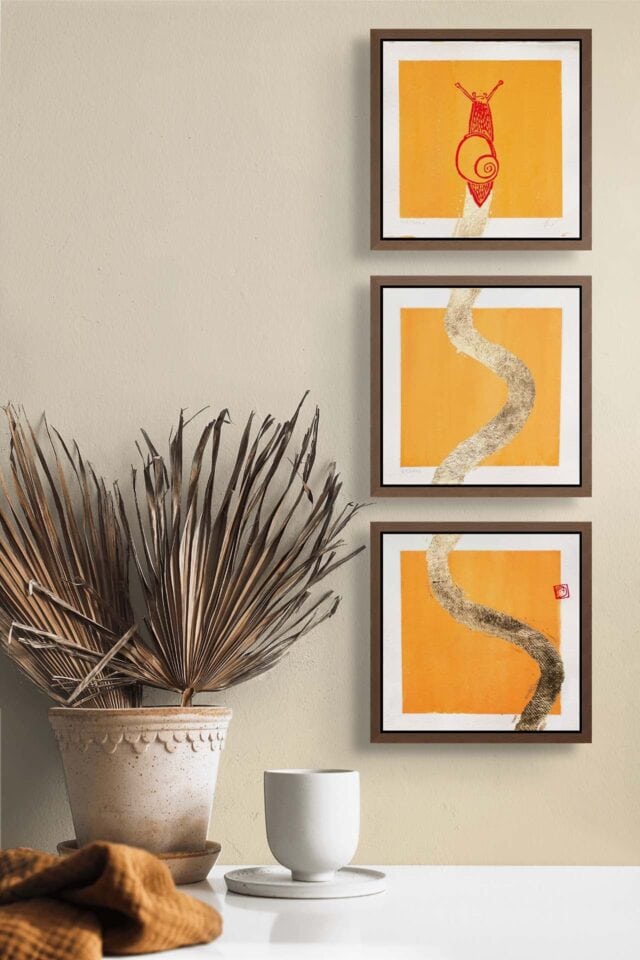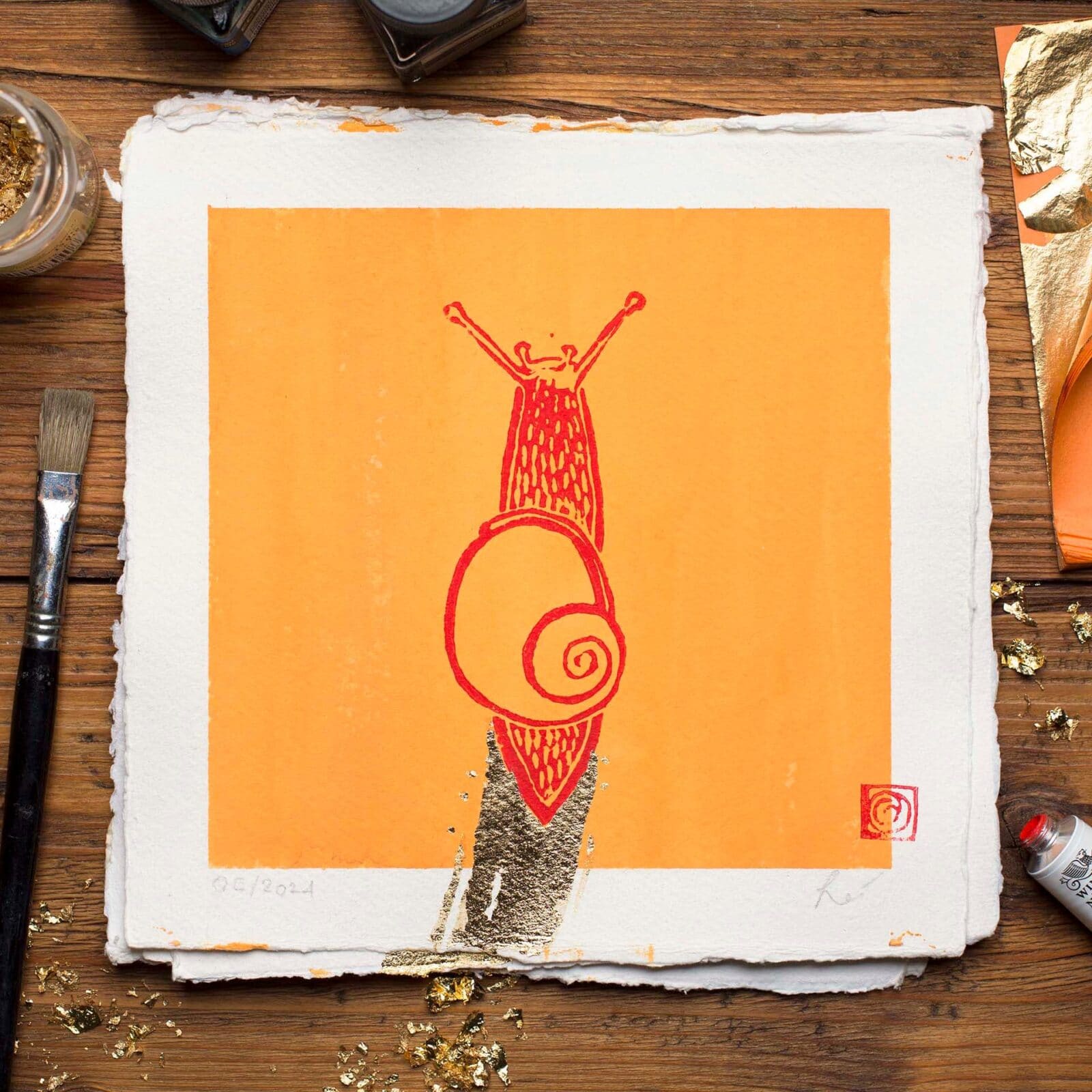The Rich Symbolism of Snails
Snails have long symbolized a variety of profound ideas in cultures worldwide. Their famously slow and steady pace naturally invites association with patience, perseverance, and steady progress. In his book Celtic Spirit, Caitlín Matthews points out how ancient Celts admired snails as powerful symbols of living in harmony with nature and embracing life’s unfolding rhythms.
The snail’s spiraled shell holds deep spiritual significance as well. The spiral is a universal symbol representing life’s cyclical nature, growth, and transformation. According with the Smithsonian Institution Native American Studies, Native American traditions link the spiral closely with the snail’s shell as emblems of protection and interconnectedness.
In ancient Mesoamerican cultures, especially among the Aztecs, snails symbolized cosmic cycles, time, fertility, and transition. The lunar deity Tecciztecatl, for example, is often depicted carrying a snail shell, symbolizing the moon’s phases and rebirth (Facts About Snails, “Snails in Human Culture”). The spiral shell also represented eternity and cosmic order in ancient Near Eastern civilizations.
In Western traditions, the medieval Christian allegorical lens viewed snails as symbols of resurrection and rebirth, inspired by their ability to retract safely into their shells and emerge renewed — a metaphor for the soul’s cyclical journey as James George Frazer points out in his The Golden Bough. Meanwhile, mythologist Jonathan Z. Smith highlights the labyrinthine spiral as a symbol of life’s complex paths and spiritual quests, often reflected in snail symbolism (“Spirals and Snails: Myths and Symbols of the Labyrinth,” Journal of Symbolic Anthropology, 1998).
In other cultures, snails can represent duality and transformation. For example, in Chinese mythology, the snail relates to Nuwa, the goddess known as the creator of humanity, embodying nurturing and protective qualities (One Shamanism, “Spirit Animal Snail”).
A Mythological Note: Snails and Cosmic Cycles
While specific legends about snails are rare, many myths emphasize the snail’s spiral shell as a cosmic symbol. The repeating spiral pattern evokes the endless cycles of birth, death, and renewal found in nature and the universe, reinforcing the snail’s role as a symbol of spiritual continuity and transformation.
Why Hang Snail Art in Your Space?
1. A Calming Presence
Scientific research supports this: a 2024 study in Frontiers in Psychology showed that visualizing slow, natural imagery, akin to watching a snail’s gentle movement, activates brain areas tied to mindfulness, reducing stress and enhancing emotional regulation (Jo et al., 2024, “Virtual reality vs. imagery: comparing approaches in guided meditation,” Frontiers in Psychology). This calming presence can encourage mindfulness, helping to reduce stress and cultivating inner calm in everyday life.
2. Mood Boosting Whimsy
Snail art often exudes gentle joy and nostalgia. The playful depiction of these creatures invites smiles and sparks childlike wonder, uplifting your environment.
3. Meaningful Conversation Starter
A distinctive snail artwork naturally draws attention and invites conversations about its deeper symbolism and the cultures that cherish it.
4. Unique Aesthetic
The smooth spirals and subtle beauty of snail designs add personality and thoughtful artistry to any room, whether at home, office, or hospitality spaces.
5. Symbolic Depth
Every glance at snail art can echo timeless lessons of patience, resilience, and respect for life’s cycles—reminders to embrace growth with grace and mindfulness.
As Ralph Waldo Emerson famously advised, “Adopt the pace of nature: her secret is patience.”
Snail art prints
Snail art offers more than décor; it is a daily source of inspiration drawn from profound cultural narratives and natural beauty. In the linoprint by Leopoldo Giolesco D’Orodiso, the snail leaves a trail behind made with gold leaf. The snail linoprint is particularly impactful in the triptych version, hand pulled on handmade paper.

A curios fact
In medieval European manuscripts, snails frequently appear in marginal illustrations, often depicted humorously battling knights. Art historians like Marian Bleeke from the University of Chicago suggest these images symbolized reversed hierarchies or political satire, possibly mocking cowardice or social climbers challenging established nobility. This playful snail-knight motif reflects how the snail could symbolize irony, endurance, and social commentary simultaneously (BBC, “The mystery of the medieval fighting snails,” 2023).

